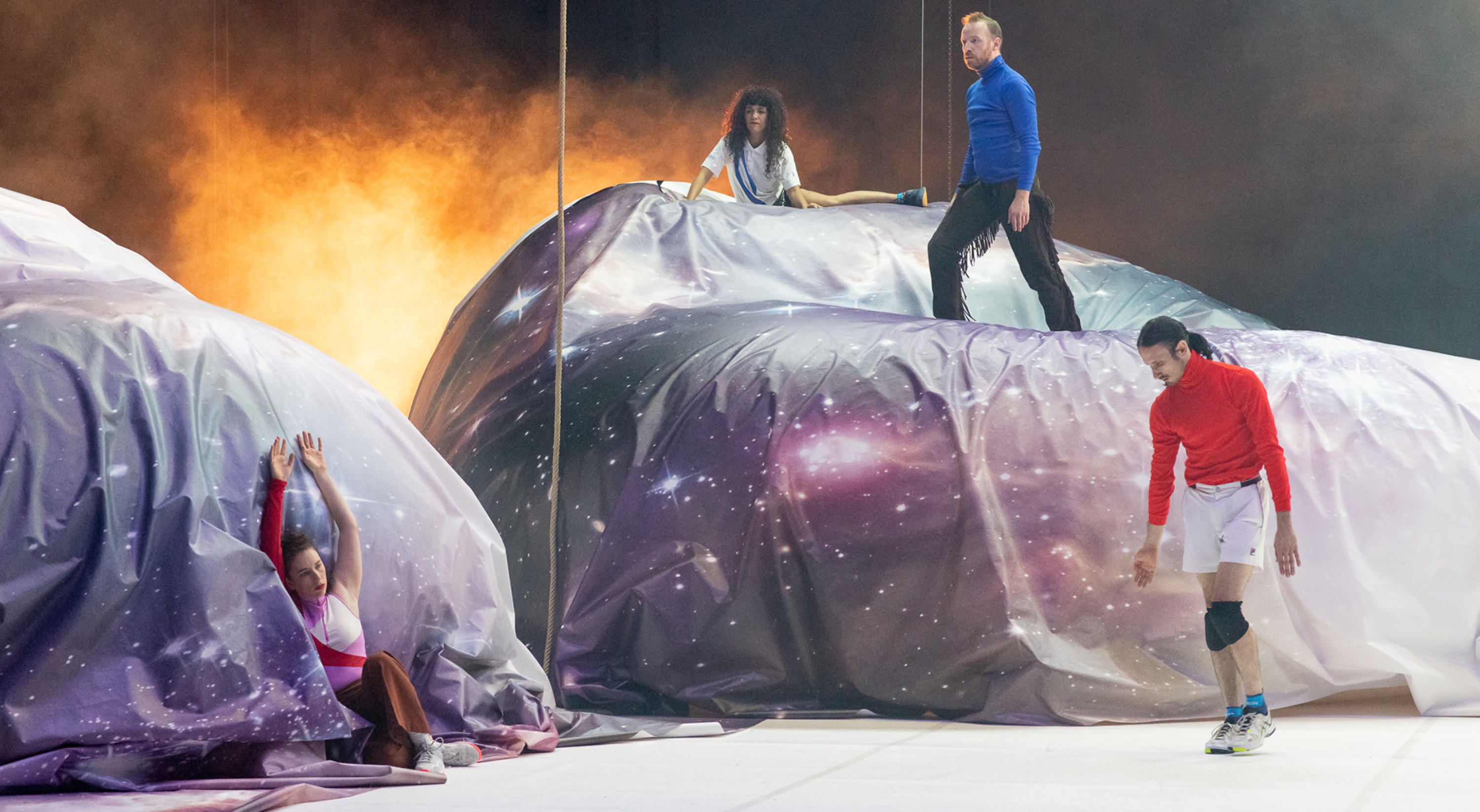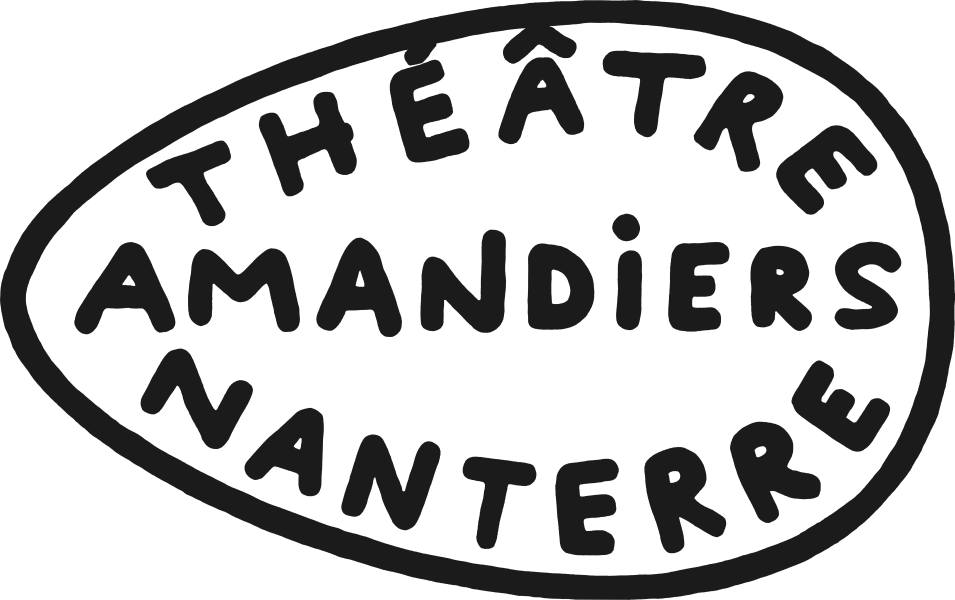Meg Stuart
CASCADE
novembernov 13 – 18
Choreography, Meg Stuart
Created and performed by, Pieter Ampe, J. Batut, Mor Demer, Davis Freeman, Márcio Kerber Canabarro, Renan Martins de Oliveira, and Isabela Fernandes Santana
Stage design, light design, Philippe Quesne
Dramaturgy, Igor Dobricic
Music composition, Brendan Dougherty
Costume design, Aino Laberenz
Assistant choreography, Francisco Camacho
Assistant scenography, Elodie Dauguet
Produced by Damaged Goods ; Nanterre-Amandiers ; PACT Zollverein ; Ruhrtriennale – Festival der Künste 2020
With support from the Fondation d’entreprise Hermès as part of its New Settings programme
Coproduced by December Dance (Concertgebouw and Cultuurcentrum Brugge ; HAU Hebbel am Ufer (Berlin) ; Perpodium ; Théâtre Garonne – scène européenne (Toulouse) ; and Arts Centre Vooruit
In association with Nanterre-Amandiers, centre dramatique national ; and Festival d’Automne à Paris
CASCADE was created with the support of the Tax Shelter of the Belgian Federal Government. Meg Stuart & Damaged Goods are supported by the Government of Flanders and the Flemish Community Commission.
Each project by the choreographer Meg Stuart seeks to create the necessary conditions for a radical, perception-based experience. Following on from Celestial Sorrow, a drifting journey of the imagination carried along by voices, CASCADE invents a territory of a transitory nature. Driven by a series of domino effects, a fragile collective attempts to resist the entropy which takes over bodies and space.
Onstage, we witness bodies racing against each other, tumbling to cascade-like effect, interlinking with each other, and losing their points of reference before attempting to regain their balance. This is a place of wavering rules and where any guiding principles constantly transform into something different, interrupting each other all the while… For this creation, undertaken in collaboration with the director and stage designer Philippe Quesne and the musician Brendan Dougherty, Meg Stuart starts off from an ensemble of physical principles aimed at heightening the intensity of the onstage flow of movement. Similar to a machine which has gone berserk, the different points of reference grow progressively out of synch: the spatial and temporal organisation continually changes as the piece progresses, forcing the group of dancers and actors to adapt and invent alternative circuits – or other modes of entering into relationships and of moving around. Constrained by physical conditions of an extreme nature – tiredness, repetition, and being pushed to the limits – they try to synchronise their rhythms, and to build tiny, temporal islands away from the chaos. At the crossroads between the genesis and the end of the world, the onstage environment created by Philippe Quesne heightens our perception of this faltering, flickering zone. The effect of CASCADE, a physical concert set to the rhythm of two drummers, or alternatively a meditation on time, is like pressing on the Reset button. It reinitialises the coordinates of an unstable reality, and sets off in search of other modes of interaction and collective organisation.
In the same place



